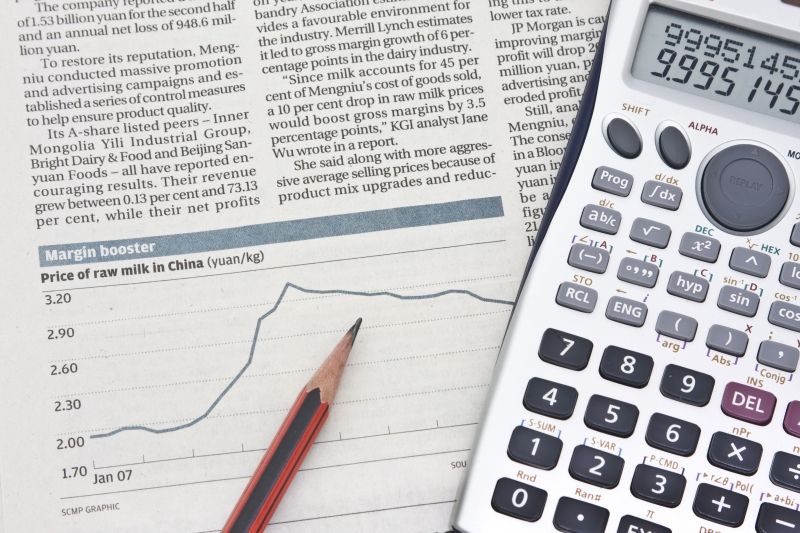 Running a business is all about where you put your resources so that they work for you. Within a small and medium business, it is up to you to create circumstances where the resources you invest work for you and return a profit. Within a small and medium business, the return on investment is often guided (if not controlled) by management and/or the owner.
Running a business is all about where you put your resources so that they work for you. Within a small and medium business, it is up to you to create circumstances where the resources you invest work for you and return a profit. Within a small and medium business, the return on investment is often guided (if not controlled) by management and/or the owner.
Basic business economics is not about income and outgoings
Business economics is all about resources, and you may be surprised to learn that liquid money (your cash) is your weakest resource. In most cases, your money alone is making a loss every day it sits in your bank or safe. If you were to put that money into an interest-earning account, or into new equipment, or into a sack of coal, then it is more likely to return a profit than if you kept your money in a safe.
Incoming must exceed outgoings
What you need to understand is that your income is rarely something you get to hold in your hand. If you buy 50 bags of rice and swap them for 60 bags of grain, then you have made a loss or a profit. If you have made a profit, then you have an income. At the end of each business cycle, you must have gained more than you lost. If you do this, then your income has exceeded your outgoings.
Time costs you money
Every minute you spend within your business is worth money. If you squander your time, then you are wasting money. Time is a resource, and it is a valuable resource that many people squander and that few people understand.For example, you could spend 8 hours per day working five days per week for two years in order to purchase a rig to demolish a house so you can build on the land. That is over 1900 hours you worked in order to demolish that house. Or, you could go to the house every day for 4 hours and knock the house down brick by brick, whilst spending the other 4 hours working a day job to pay your bills. In this scenario, it would take you between four and six months to demolish the house, instead of two years if you bought the rig. Time is a valuable resource, and how you spend it determines your level of business success.